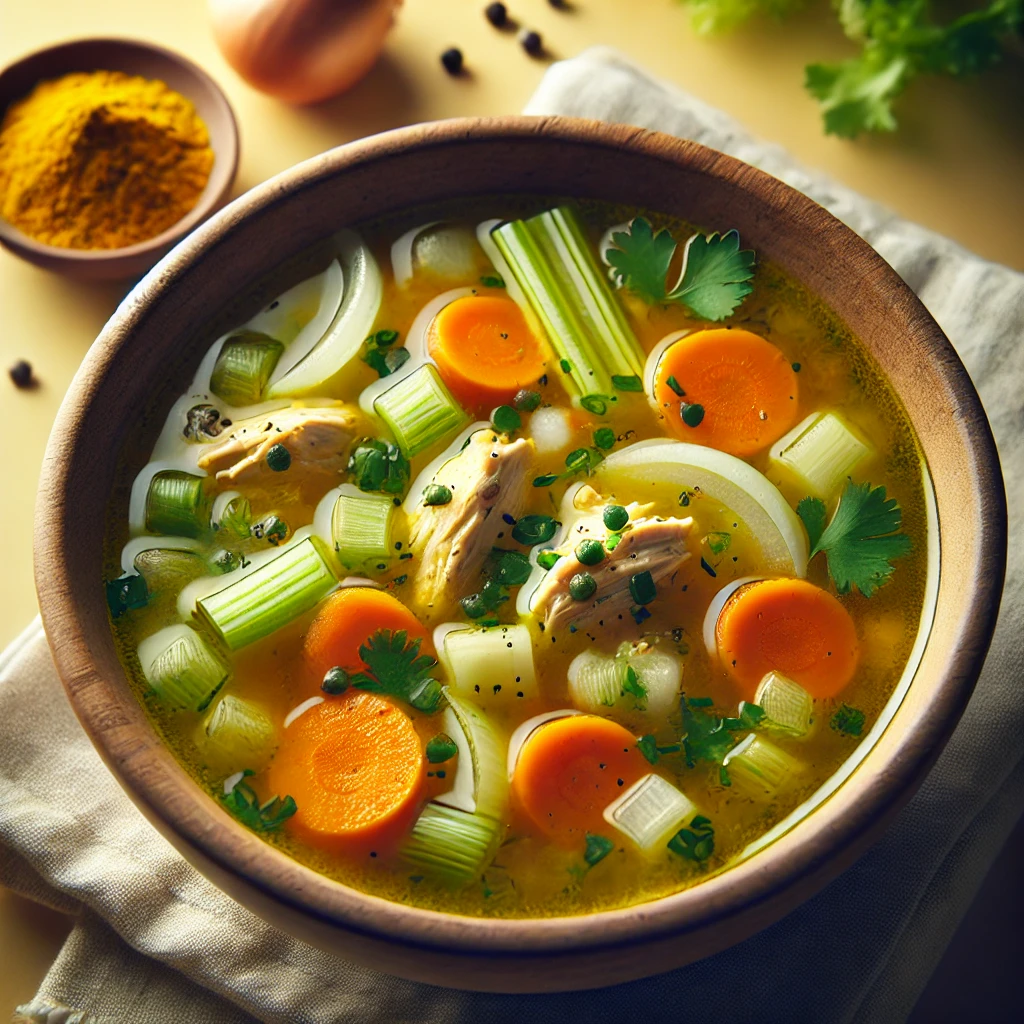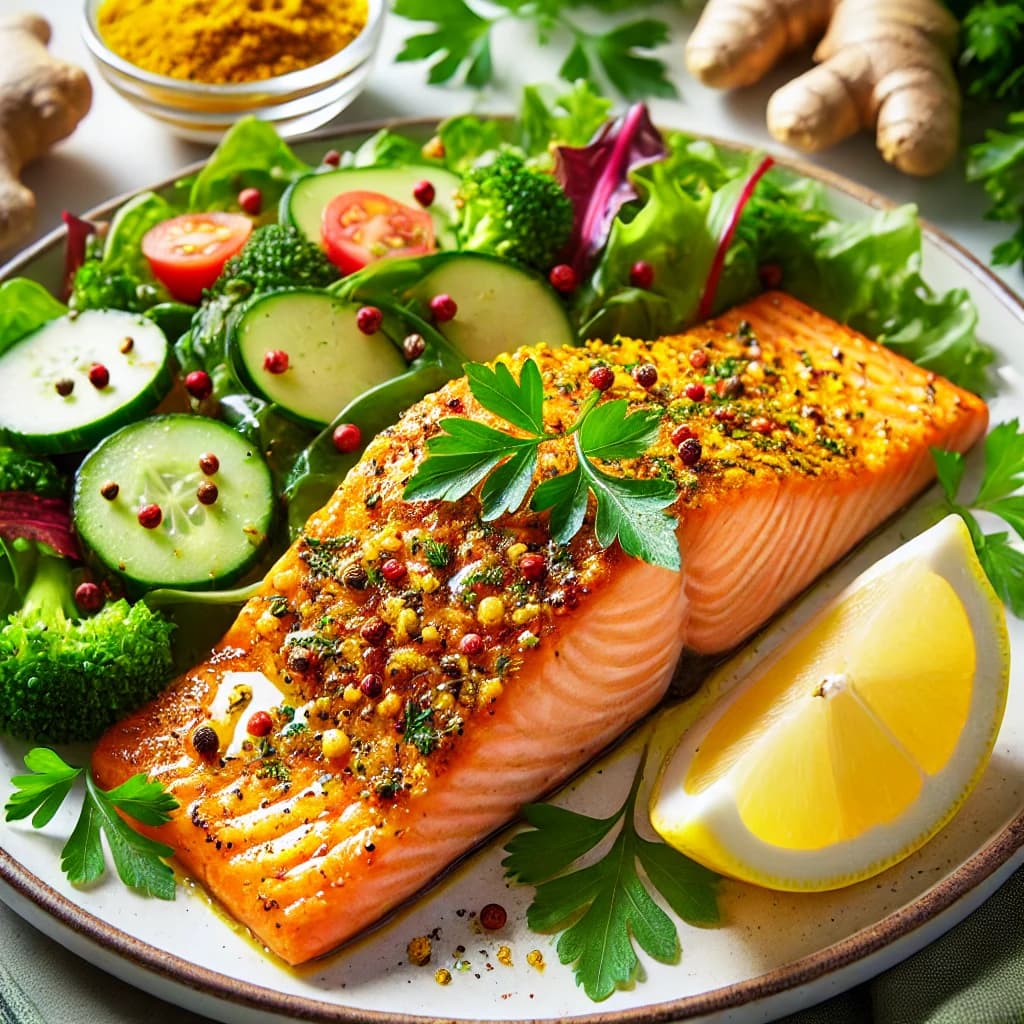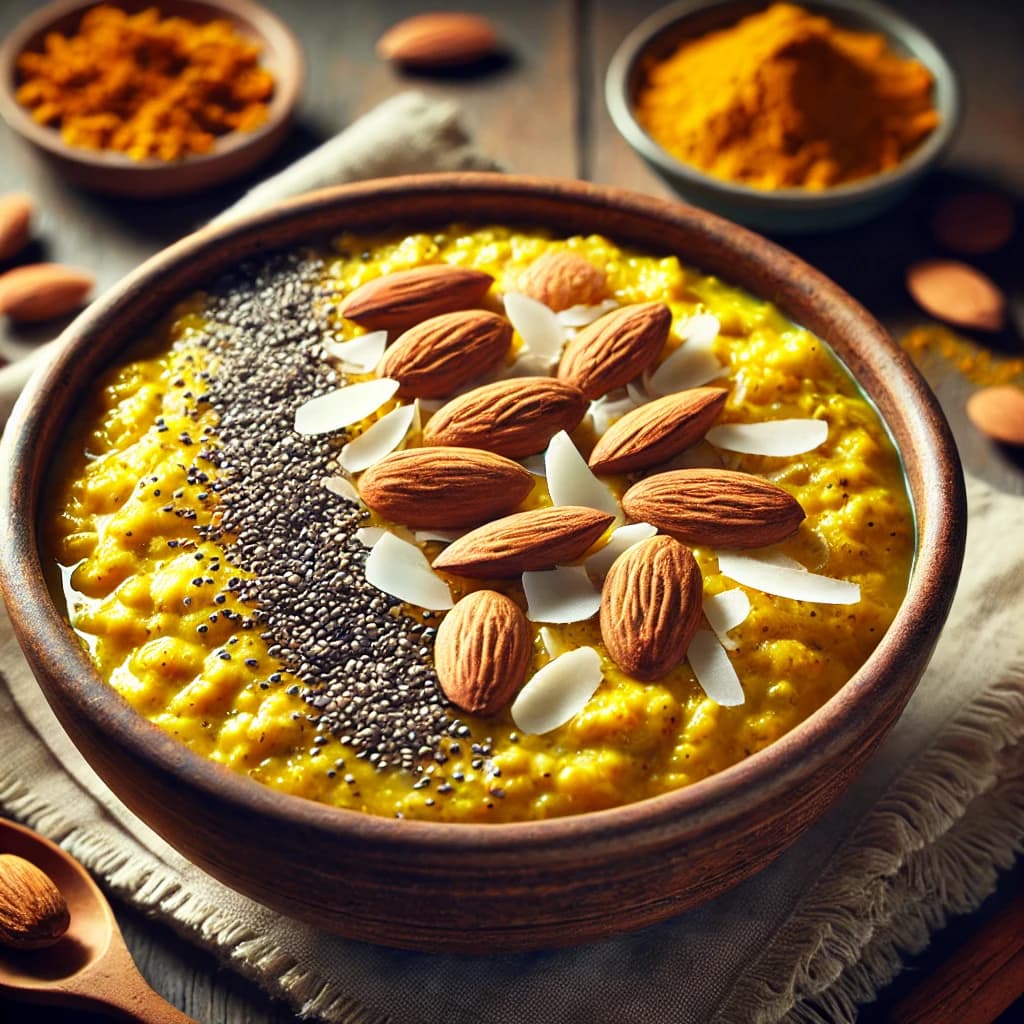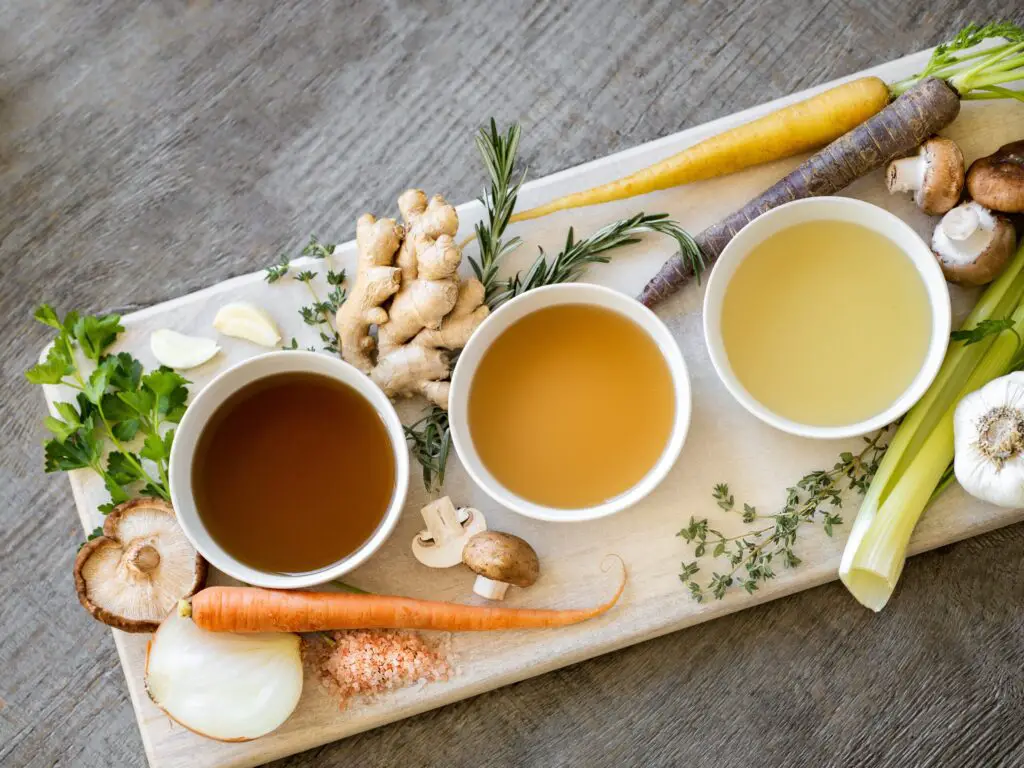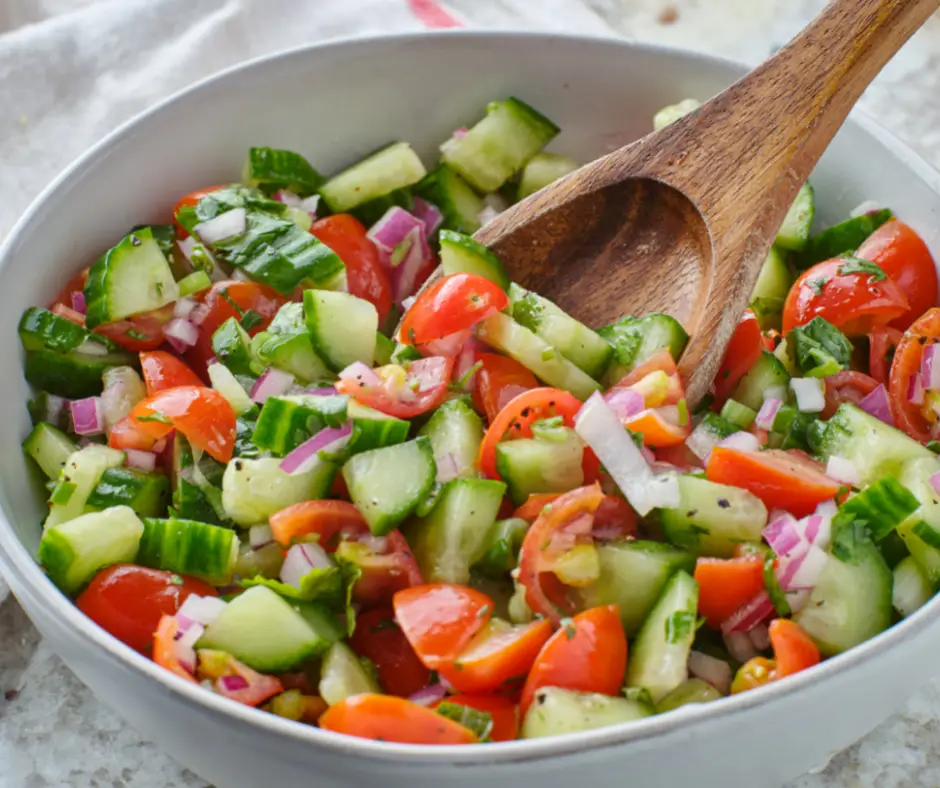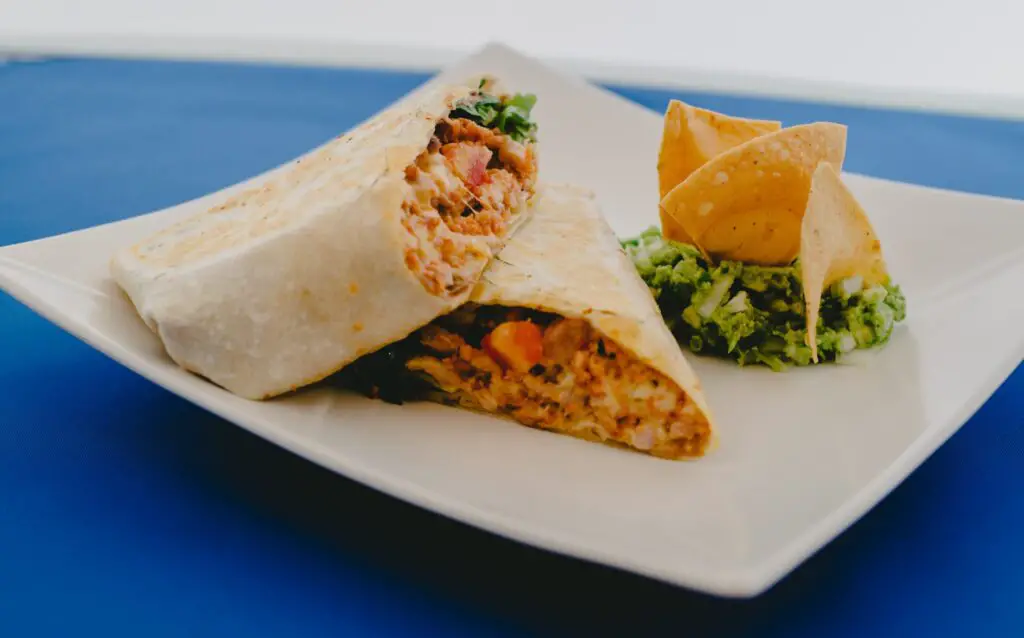Anti-Inflammatory Diet For Beginners Quick Start Guide Made Easy
Chronic inflammation is a hidden contributor to many health issues, from joint pain and digestive troubles to serious conditions like heart disease and diabetes. The anti-inflammatory diet is more than just a way to eat—it’s a lifestyle that helps reduce inflammation, improve overall health, and boost longevity. By prioritizing nutrient-rich, whole foods and minimizing inflammatory triggers, you can feel better, have more energy, and protect your long-term health.
This Anti-inflammatory Diet For Beginners guide provides an in-depth look at the anti-inflammatory diet, covering its principles, benefits, and practical tips to get started. Whether you’re new to this approach or looking to refine your habits, you’ll find everything you need here.
Anti-Inflammatory Diet For Beginners Guide
The anti-inflammatory diet may seem like a modern trend, but its roots go back centuries, inspired by traditional eating methods that naturally fight inflammation. Over time, these ancient practices, combined with scientific discoveries, shaped what we now know as the anti-inflammatory diet.
Imagine the Mediterranean coast, where meals have long centered on fresh vegetables, olive oil, whole grains, and fish. This way of eating—known as the Mediterranean diet—has been celebrated for promoting health and reducing chronic illness. Scientists in the mid-20th century noticed that people in these regions had lower rates of heart disease, partly because of their naturally anti-inflammatory diets.
Meanwhile, in Asia, people have been using foods and spices like turmeric, ginger, and green tea for generations for flavor and health benefits. Turmeric, a golden spice often used in Indian cooking, contains curcumin, a compound with powerful inflammation-fighting properties. Similarly, green tea, a favorite in East Asia, is packed with antioxidants that help reduce inflammation.
Indigenous diets around the world also have anti-inflammatory elements. For example, Arctic communities have long relied on omega-3-rich fish, while Native American diets included antioxidant-packed berries. These traditions show that the concept of eating to support the body’s natural defenses is not new.
In the late 20th century, researchers began connecting the dots between diet and chronic diseases like heart disease, diabetes, and arthritis. They discovered that processed foods, refined sugars, and unhealthy fats can trigger inflammation, while whole, natural foods do the opposite.
One of the key figures who brought this idea into the spotlight was Dr. Andrew Weil. In the 1990s, he introduced a structured version of the anti-inflammatory diet, highlighting foods like leafy greens, berries, salmon, and spices. His work made the diet popular, not just as a way to eat, but as a lifestyle for better health.
Over the years, the anti-inflammatory diet has become more than just a way to reduce inflammation—it’s seen as a guide for healthy living. Doctors and nutritionists often recommend it to help manage conditions like arthritis, digestive disorders, and even heart disease.
The anti-inflammatory diet isn’t just about avoiding bad foods; it’s about embracing flavorful, nutrient-packed ingredients that support your body and promote long-term health. By blending timeless traditions with modern science, this approach to eating continues to inspire and benefit people around the world.
Key Principles:
- Emphasize whole, minimally processed foods.
- Include a variety of fruits, vegetables, and healthy fats.
- Limit or eliminate processed and pro-inflammatory foods like refined sugars and trans fats.
Benefits of the Anti-inflammatory Diet
- Reduces Chronic Inflammation: Helps manage conditions such as arthritis, IBS, and autoimmune diseases.
- Supports Heart Health: Foods rich in omega-3s, like salmon and walnuts, lower bad cholesterol and reduce cardiovascular risks.
- Improves Gut Health: Fiber-rich foods support a healthy gut microbiome, reducing inflammation and enhancing digestion.
- Promotes Longevity: Anti-inflammatory foods are associated with longer lifespans and lower rates of age-related diseases.
- Boosts Mental Clarity: A diet high in antioxidants supports brain health and reduces the risk of cognitive decline.
Curious about the connection between inflammation and chronic diseases? Dive into the details with our article: The Science Behind Inflammation and Chronic Diseases.”
Key Foods To Include In An Anti-inflammatory Diet

- Fruits and Vegetables: Dark leafy greens, berries, citrus fruits, and cruciferous vegetables (broccoli, cauliflower).
- Healthy Fats: Extra virgin olive oil, avocados, nuts, and seeds.
- Lean Proteins: Fatty fish like salmon and sardines, and plant-based proteins like lentils and chickpeas.
- Whole Grains: Quinoa, brown rice, oats, and farro.
- Anti-Inflammatory Spices: Turmeric, ginger, cinnamon, and garlic.
- Beverages: Green tea, herbal teas, and plenty of water.
Foods To Avoid

- Refined Sugars: Found in candy, sodas, and baked goods.
- Trans Fats: Present in many fried and processed foods.
- Refined Carbohydrates: White bread, pasta, and pastries.
- Red and Processed Meats: Minimize consumption of bacon, sausage, and cured meats.
- Excessive Alcohol: Limit to moderate amounts or avoid entirely.
Check out my article: “8 Foods To Avoid In The Anti-Inflammatory Diet“
How To Get Started
Getting started with the anti-inflammatory diet doesn’t have to be overwhelming. Follow these simple, actionable tips to make the transition smoother and sustainable:
Step 1: Stock Your Pantry
Replace inflammatory staples with anti-inflammatory essentials. Focus on fresh produce, whole grains, and healthy fats. For detailed guidance, check out my article: “How to Build an Anti-Inflammatory Pantry: Essentials to Stock Up On“.
Step 2: Plan Balanced Meals
Incorporate anti-inflammatory ingredients into each meal. For meal ideas and inspiration, refer to “A Beginner’s 7-Day Anti-Inflammatory Meal Plan“.
Step 3: Start Your Day Right
Kickstart your mornings with nourishing breakfast options that set the tone for the day. Check out “Anti-Inflammatory Breakfast Ideas to Start Your Day Right“.
Step 4: Experiment with Anti-Inflammatory Recipes
Start with simple, flavorful dishes like:
Grilled salmon with steamed broccoli.
Explore more options in our recipe-focused articles:
“Top 10 Anti-Inflammatory Foods You Should Include in Your Diet“.
“10 Anti-Inflammatory Lunch Recipes for Busy Days“.
“Anti-Inflammatory Desserts: Satisfy Your Sweet Tooth the Healthy Way”.
“14 Anti-Inflammatory Diet Snacks“
Step 5: Be Mindful of Triggers
Identify and reduce foods that worsen inflammation. Refer to “What Foods to Avoid on an Anti-Inflammatory Diet” for a comprehensive list.
Step 6: Use Anti-Inflammatory Spices
Incorporate turmeric, ginger, and garlic into your cooking. Learn more about their benefits and uses in “The Role of Turmeric in an Anti-Inflammatory Diet: Benefits and Recipes”.
Step 7: Educate Yourself on the Science
Understanding why this diet works can motivate you to stick with it. Read “The Science Behind Inflammation and Chronic Diseases” for an in-depth look.
Step 8: Stay Flexible and Have Fun
Make it a journey, not a chore. Experiment with local, seasonal ingredients and adapt recipes to your taste.
Sample Anti-inflammatory Diet Recipes
Breakfast: Turmeric-spiced oatmeal with fresh berries.
Lunch: Quinoa salad with roasted vegetables and lemon-tahini dressing.
Dinner: Grilled salmon with steamed broccoli and sweet potatoes.
Snack: Hummus with sliced cucumber and carrot sticks.
Find more recipes: “Anti-Inflammatory Diet For Beginners: 45 Recipes | Cookbook“
Common Questions About The Anti-Inflammatory Diet
Can this diet help with weight loss? Yes, the diet’s emphasis on whole foods naturally reduces calorie-dense, processed items, supporting healthy weight loss.
Is it suitable for vegetarians or vegans? Absolutely! The diet is easily adapted to plant-based lifestyles by focusing on legumes, tofu, and nuts for protein.
How long does it take to see results? Many people notice reduced inflammation and improved energy levels within a few weeks of following the diet.
The anti-inflammatory diet is not about strict rules or deprivation—it’s about nourishing your body with wholesome, flavorful foods that promote health and vitality. By incorporating more anti-inflammatory ingredients into your meals and reducing inflammatory triggers, you can take control of your well-being and enjoy long-term benefits.
Ready to take the next step? Dive deeper with our related articles:
“8 Best Cheeses For An Anti -Inflammatory Diet“
“14 Anti-Inflammatory Diet Snacks“
“18 Foods with Anti-Inflammatory Benefits“
Hope you enjoyed the Anti-inflammatory Diet For Beginners guide. Explore these resources and make the anti-inflammatory lifestyle your own!



